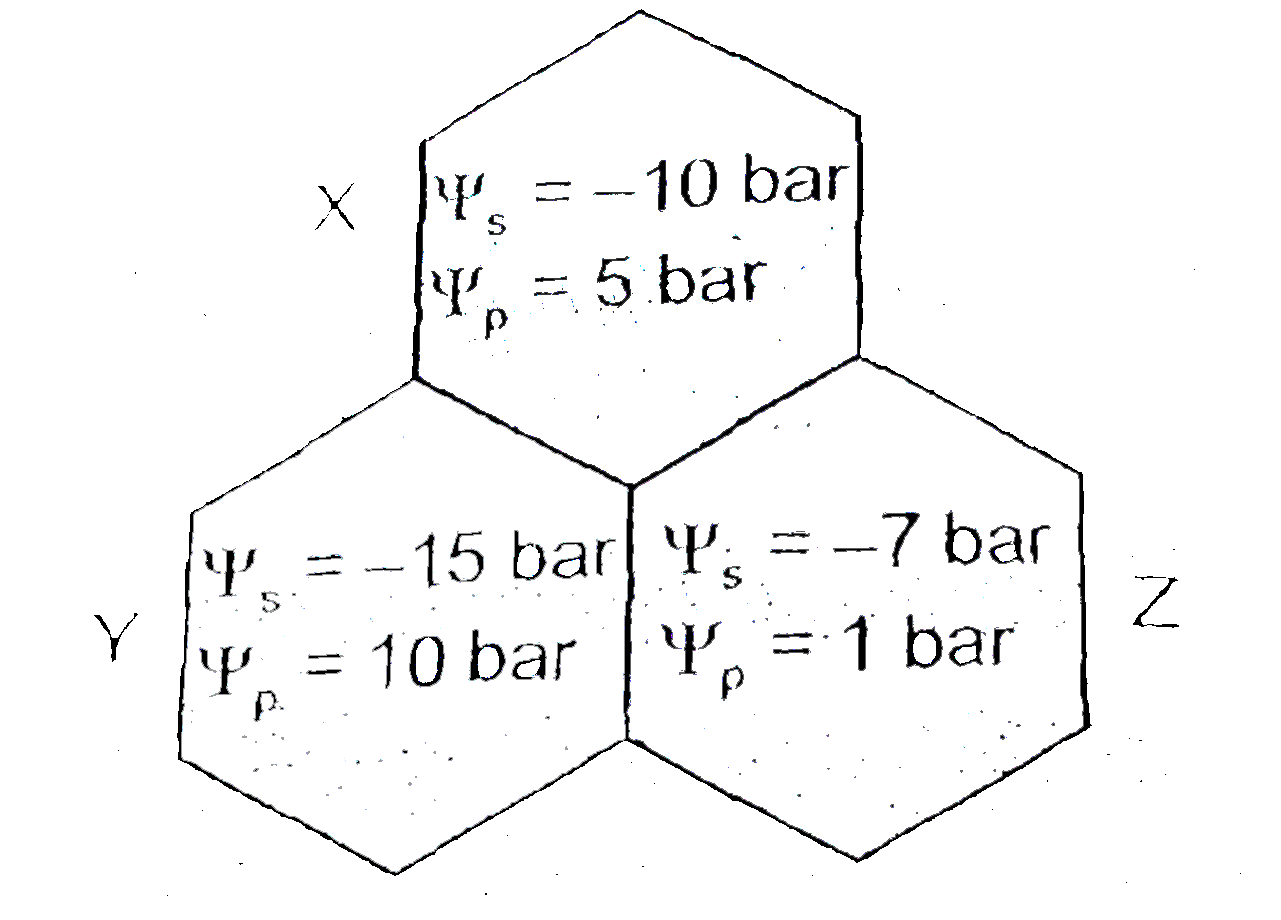The correct pathway of initiation and passing route of conduction of impulse is
SA node AV node Purkinje fibre AV bundle
SA node Purkinje fibre AV node AV bundle
SA node AV node AV bundle Purkinje fibre
SA node Purkinje fibre AV bundle AV node
The correct Answer is:C
To solve the question regarding the correct pathway of initiation and conduction of impulses in the heart, we can break it down step by step.
1. Identify the Starting Point: The conduction of electrical impulses in the heart begins at the Sino-Atrial (S-A) node. This node is often referred to as the natural pacemaker of the heart.
2. Conduction to the Atrioventricular Node: After the S-A node generates an impulse, it spreads through the atria, causing them to contract. The impulse then travels to the Atrioventricular (A-V) node. This node acts as a gatekeeper, slowing down the impulse before it moves to the ventricles.
3. From A-V Node to A-V Bundle: The impulse then moves from the A-V node to the A-V bundle, also known as the Bundle of His. This bundle is located at the junction of the atria and ventricles.
4. Conduction through the Bundle Branches: The A-V bundle splits into right and left bundle branches, which extend into the ventricles.
5. Final Pathway to Purkinje Fibers: The impulse travels through the bundle branches and reaches the Purkinje fibers. These fibers spread throughout the ventricular walls, causing the ventricles to contract and pump blood out of the heart.
6. Summary of the Pathway: Therefore, the correct pathway of initiation and conduction of impulses is:
- S-A node → A-V node → A-V bundle → Purkinje fibers.
Final Answer:
The correct pathway of initiation and passing route of conduction of impulse is: S-A node → A-V node → A-V bundle → Purkinje fibers.
---
- S-A node → A-V node → A-V bundle → Purkinje fibers.
The correct pathway of initiation and passing route of conduction of impulse is: S-A node → A-V node → A-V bundle → Purkinje fibers.
Topper's Solved these Questions
- BODY FLUIDS AND CIRCULATIONBOOK - AAKASH SERIESCHAPTER - BODY FLUIDS AND CIRCULATIONEXERCISE - Exercise -II (Electrocardiagraphy)
2 Videos
- BODY FLUIDS AND CIRCULATIONBOOK - AAKASH SERIESCHAPTER - BODY FLUIDS AND CIRCULATIONEXERCISE - Exercise -II (Double Circulation & Regulation of Cardiac Activity)
2 Videos
- BODY FLUIDS AND CIRCULATIONBOOK - AAKASH SERIESCHAPTER - BODY FLUIDS AND CIRCULATIONEXERCISE - Exercise -II (Human Circulatory System)
10 Videos
- BIOTECHNOLOGY AND ITS APPLICATIONSBOOK - AAKASH SERIESCHAPTER - BIOTECHNOLOGY AND ITS APPLICATIONSEXERCISE - Exercise - III (Previous AIPMT/NEET Questions )
19 Videos
- BREATHING AND EXCHANGE OF GASES BOOK - AAKASH SERIESCHAPTER - BREATHING AND EXCHANGE OF GASES EXERCISE - EXERCISE-III (Previous AIPMT/NEET Questions)
21 Videos
Similar Questions
Knowledge Check
Saltatory conduction of impulse occurs in
Aliver cellsBnon-myelinated nerve fibresCmyelinated nerve fibresDNone of these
Saltatory conduction of impulse occurs in
View SolutionCorrect pathway of water movement in plant roots is
View Solution_____ helps in conduction of nerve impulses.
View SolutionDescribe the saltatory conduction of nerve impulses.
View SolutionFind the correct pathway of movement of water in given presentation of cells .

View SolutionA : Presence of myein sheath increases the rate of conduction of nerve impulse.
R : Ionic channels are absent in the area covered by myelin sheath therefore, depolarization occurs only at the nodes of Ranvier , resulting in saltatory or jumping conduction.
View SolutionThe cardiac impulse is initiated and conducted further upto ventricle. The correct sequence of conduction of impulse is
View Solution
